Notes
Renaissance Village From The Outside
Over the next couple of days, The BAG offers you photographer Alan Chin’s latest series from New Orleans. In contrast to previous posts, I felt these images should not be overly reduced. (If you click, you can still increase each another 20%.) Below, Alan participates in some Q. and A. And as before, he has generously agreed to engage in any discussion.
BnN: You’ve now documented the Katrina disaster at regular intervals over the past two years. What have you been trying to accomplish? How would you weigh the success and weaknesses of the work? Are you planning to go back again?
AC: Actually, this was my ninth trip in 2 years. I have tried to make a "big picture" documentation of New Orleans in this time. First was the storm and its horrible aftermath. Then i followed several families to Arkansas and Ohio. Next, the physical devastation. After that, Mardi Gras, and the beginnings of rebirth. Finally, stagnation. Last year, there was a six-month period when things did improve. But that leveled off, and it seems that what was going to get better did, but that the rest remains frozen and paralyzed. Only half of the 500,000 pre-Katrina population has returned, and many people say that they will leave again.
My work, at its best, has shown this process. However, one of the limitations of photography, as I’ve pointed out in the discussion here, is that often you need words to fully explain a situation. Context has to be provided. Photos can be misleading, or very narrow. Also, there is the seduction to make beautiful images in the midst of despair. Sometimes this beauty, though haunting or ironic, can also provide too much aesthetic pleasure, and therefore create too much distance from the reality, be that as it may.
If i go back, it will be to take a look at the elite and wealthy culture, which was barely affected by Katrina and now either likes to pretend that the disaster didn’t happen, or finds it a blessing in disguise.
BnN: To what extent do you think the traditional media uses images of Katrina to basically sell product and feed off the misery? As a large number of anniversary-related stories come out, what should we be looking for in the visual coverage? What would represent the lowest common denominator? And visually, what higher standards should we expect? Considering that these FEMA trailer cities are the "hot story" right now, how would you answer these questions specifically relative to the trailer parks?
AC: I think that to the degree that the NYT and others DO cover this story, generally they hit the right points. Formaldehyde in trailers. Rising crime and murder. Reluctant return. Relief money tied up in bureaucracy and distrust of the recipients. Corrupt and inefficient government and police. Hospitals still closed. Inadequate reconstruction of levees.
The problem is not necessarily the coverage. It is that Americans seem to have lost the ability to connect the dots, to willfully ignore painful truths, to be concerned only with the local. In other discussions here, we have talked about the paradox of how a huge majority is now against the war in Iraq, or at least against how it has been implemented. And yet the protests — having been relatively small, and peripheral — have barely reflected this.
So it is with New Orleans and Katrina. It would be hard to find a reasonable American who doesn’t think that this whole story is one of government ineptitude, and out-and-out race and class bias. Yet some of the same people who know this would still vote for the current administration or one like it. Perhaps because they are more scared of a big government than they are of a failed one.
What we need the coverage to do is to tie all of this together — to say it is no accident that a war is not going well in iraq, and at the same time, a recovery effort is not going well in Louisiana. The skills required for both are similar in many ways. Thus far, the traditional media, though effective in pointing out the specific problems, has refrained from drawing obvious conclusions, and is therefore guilty of tunnel vision. Katrina and Iraq are two sides of the same coin.
(Previous Chin New Orleans posts at The BAG: The Katrina Landscape (5/3/06); St. Rita Ongoing (10/8/05); And Then I Saw These (9/27/05). All images courtesy of Alan Chin. New Orleans. 2007. Posted by permission.)
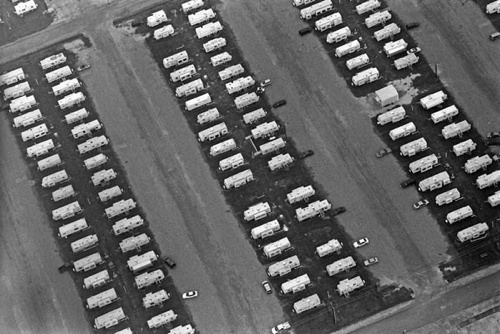
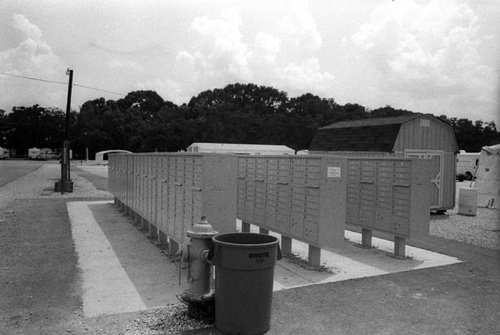
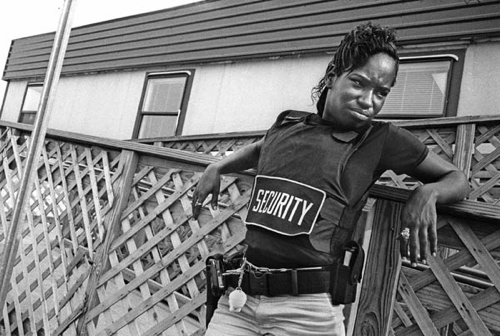
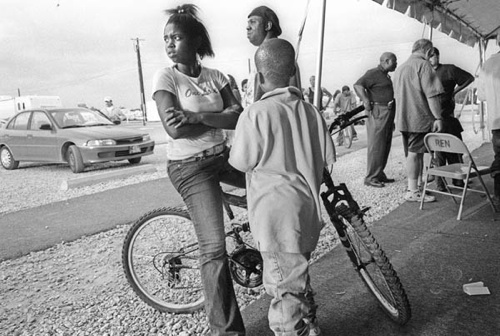
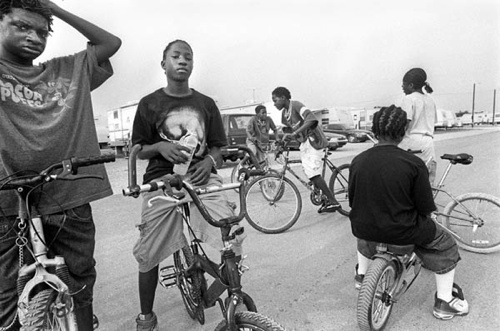
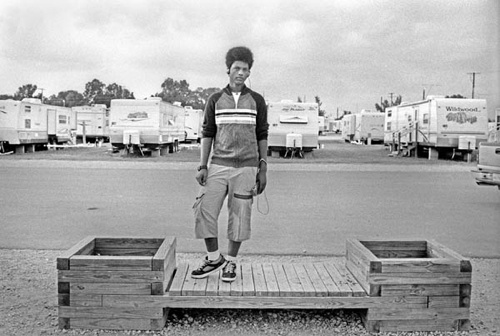
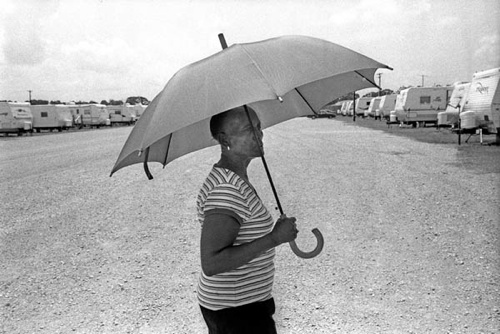
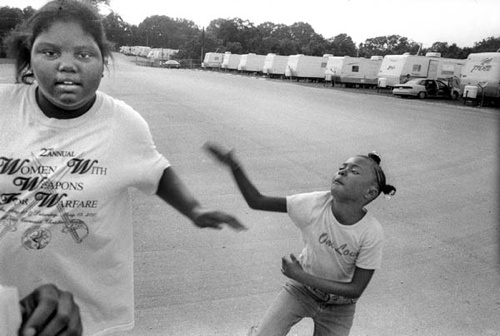
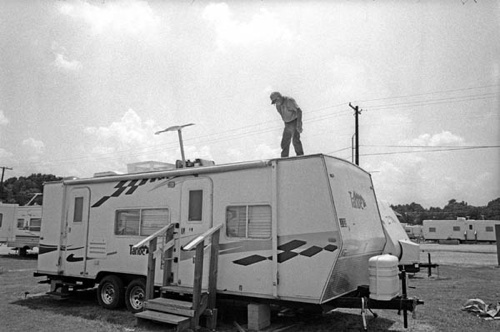
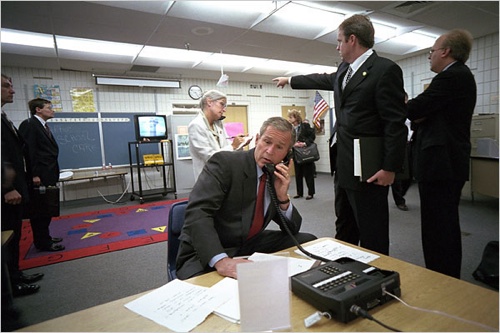
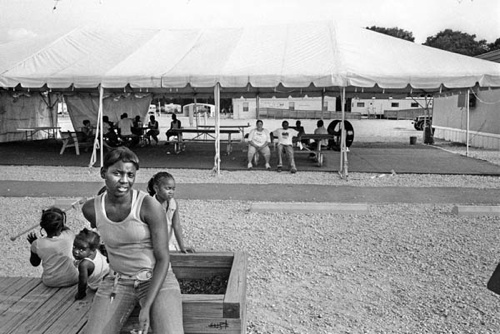
Reactions
Comments Powered by Disqus